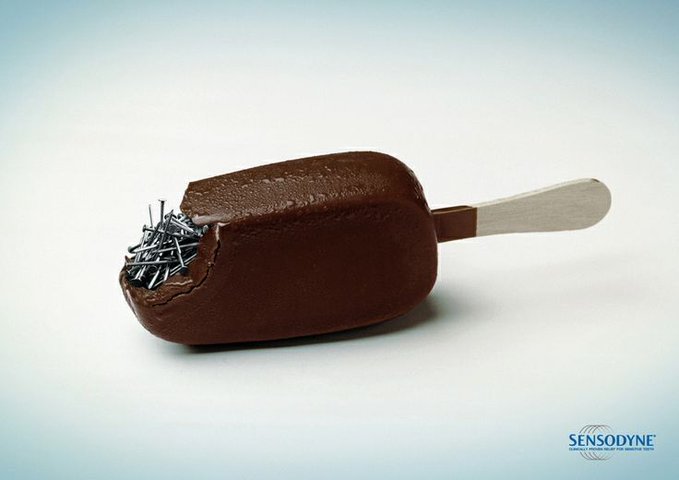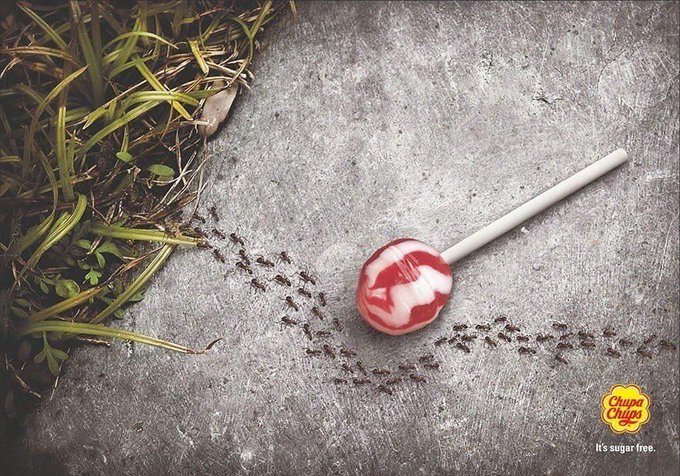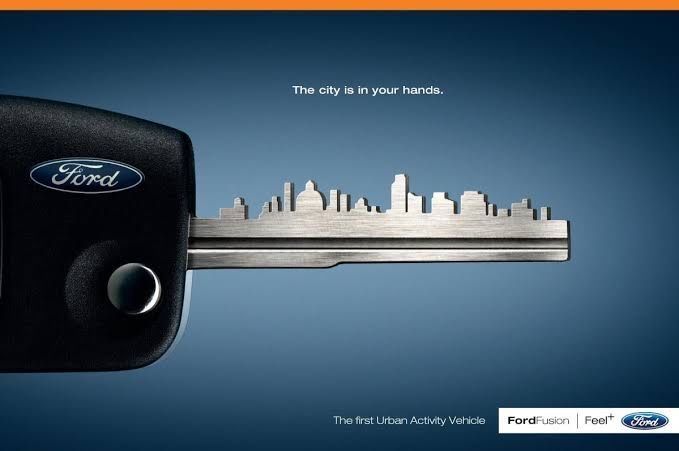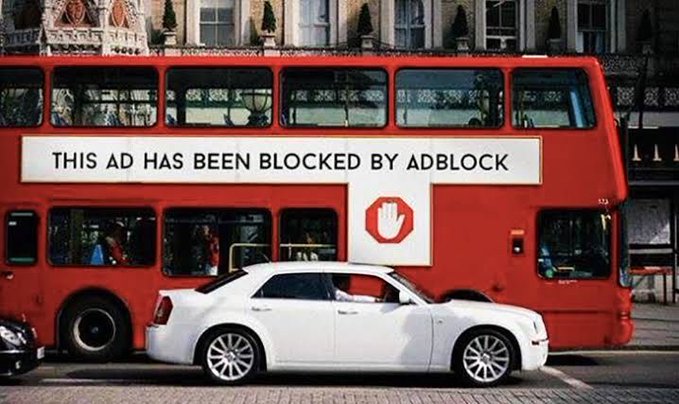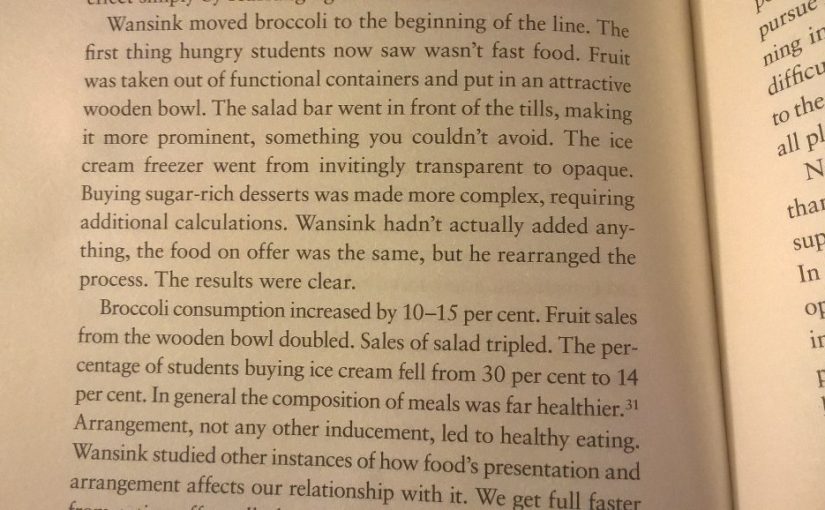The taxpayers of New Jersey and Pennsylvania felt the brunt of this firsthand in a real-life experiment in 1992. Both states switched that year to a no-fault insurance regime where consumers could save money by limiting their right to sue for tort damages, but the way the option was framed differed by state: New Jersey made limited right to sue the default option, while Pennsylvanians were presumed to select full right to sue, unless they opted out. This small change in the status quo had a profound effect on their behavior: 75 percent of Pennsylvania consumers paid to retain full tort, while only 20 percent of New Jersey consumers did.
Similar effects have been found with many other kinds of behavior, including student loan repayment and even, interestingly, willingness to donate organs.
Excerpt from: Blindsight: The (Mostly) Hidden Ways Marketing Reshapes Our Brains by Matt Johnson and Prince Ghuman












